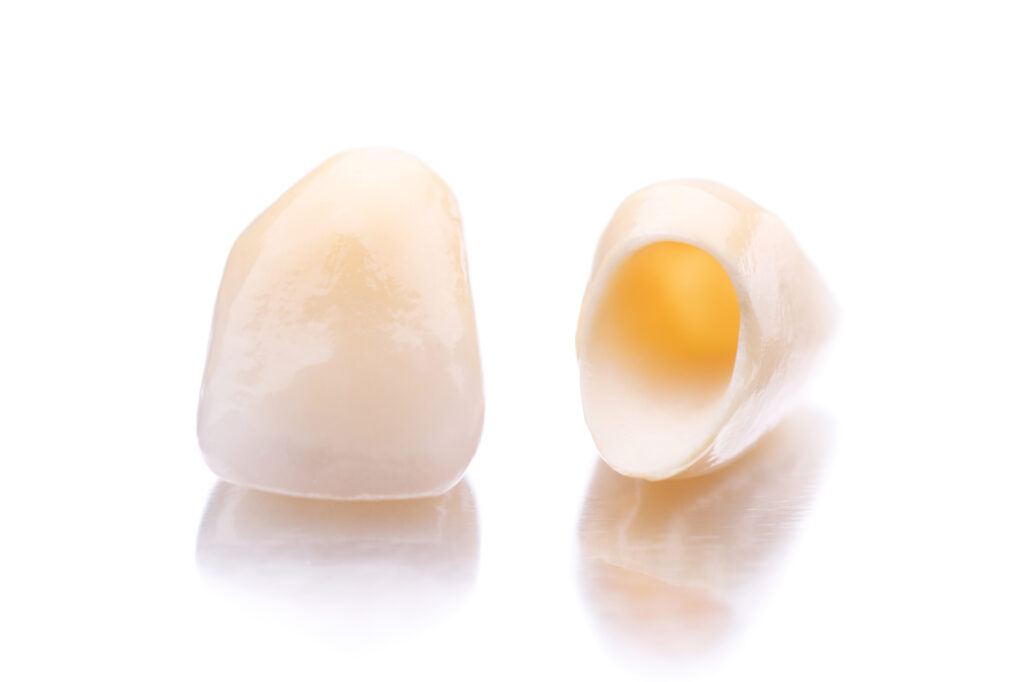
The history of dental crowns reflects the broader evolution of dentistry, showcasing how ancient practices have evolved into the sophisticated techniques used today. From rudimentary solutions to advanced materials, the development of dental crowns highlights both the progress in dental technology and the changing perceptions of dental care.
Ancient Beginnings
Dental care has deep roots, with evidence dating back to 5000 BC when Sumerian texts mentioned “tooth worms” as the cause of tooth decay. By 2000 BC, Hesy-Re, an Egyptian scribe, was recognized as one of the earliest dental practitioners, a title marked by an inscription on his tomb. The Etruscans, around 166 to 201 AD, are known for their early use of dental prosthetics. Initially, gold crowns were not for dental repair but rather a status symbol. Etruscan women had their healthy teeth removed and replaced with gold bands to signify wealth, though these crowns were impractical for daily use and did not function as effective replacements.
Medieval Developments
The Middle Ages saw significant strides in the practice of dentistry. In China, around 700 AD, silver paste was used for dental fillings, marking one of the earliest uses of a composite material in dental care. By the 1200s to 1300s, France saw the establishment of the Guild of Barbers, which included both surgeons and lay barbers. The former performed complex surgeries, while the latter handled simpler tasks like tooth extractions. The 1500s brought further advancements with the publication of “The Little Medicinal Book for all Kinds of Infirmities of the Teeth” in 1530, which detailed dental procedures, including those for crowns. Ambrose Pare’s 1575 work further refined the understanding of dental treatments, including crowns.
Modern Advancements
The 19th and 20th centuries witnessed remarkable advancements in dental crowns. In the late 1800s, Dr. Charles H. Land introduced the porcelain “jacket” crown, which covered the entire tooth. Although this design was visually appealing, it was prone to microscopic cracking. The 20th century improved upon this with porcelain-fused-to-metal crowns, combining the esthetic appeal of porcelain with the strength of metal. The introduction of glass ceramic crowns in 1984 marked a significant leap, offering both durability and a natural appearance. Today, modern crowns incorporate advanced ceramics and glass, reflecting the continued evolution of dental technology and materials.
This historical journey through dental crowns highlights a remarkable progression from ancient, symbolic practices to cutting-edge dental solutions, illustrating the ongoing advancements in dental care and technology.
About Our Practice
At Premier Dental Care, we believe that our patients deserve nothing but the best from their dental care. That’s why, whether we’re offering dental crowns or more complicated restorations, we use advanced treatments informed by the latest technology in oral medicine. This means that when you get care from us, it’ll be as effective and comfortable as it can possibly be.
If you have any questions about dental crowns, we can be reached at our website or by phone at (703) 860-8860.

